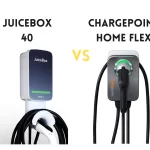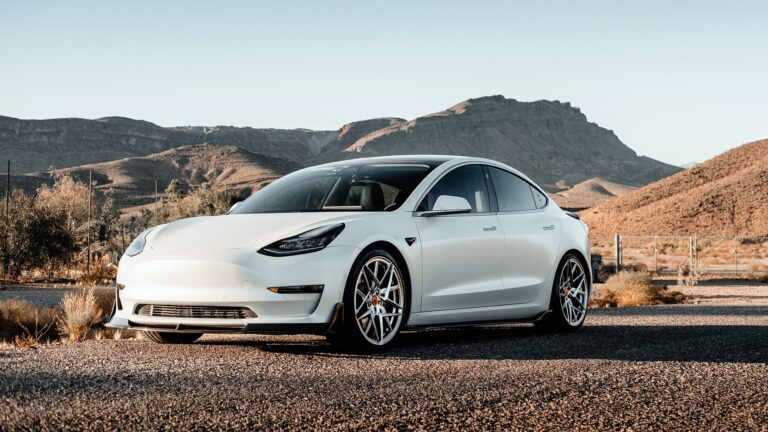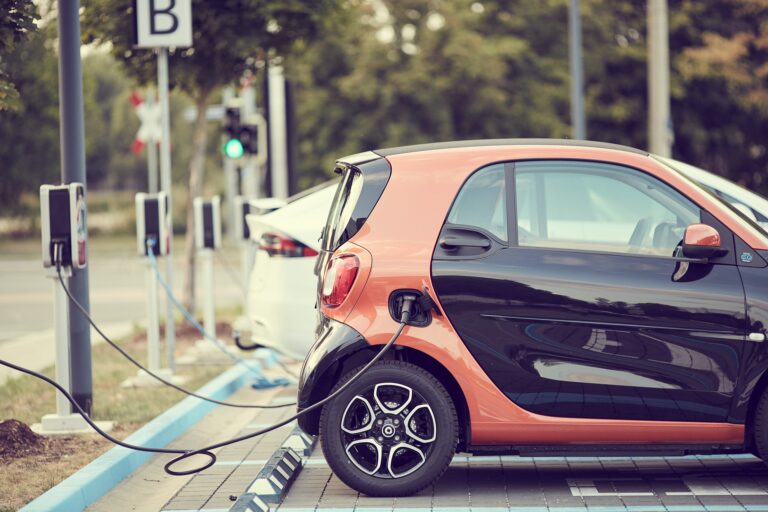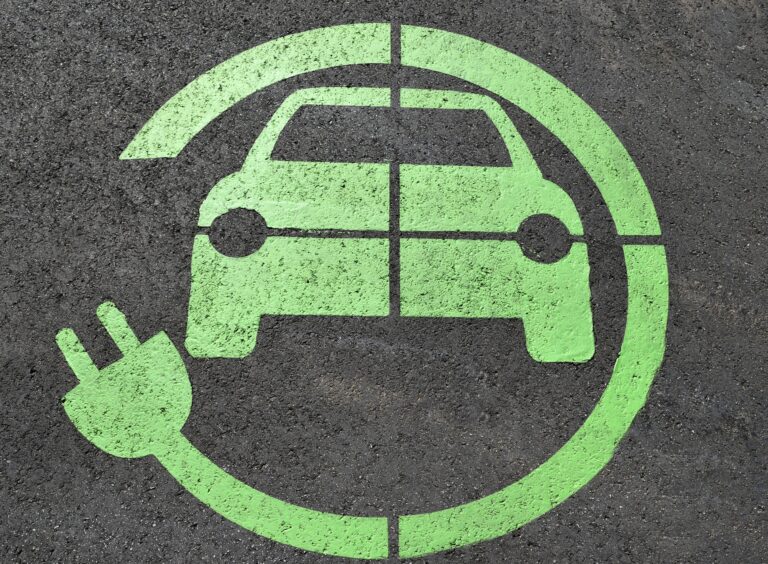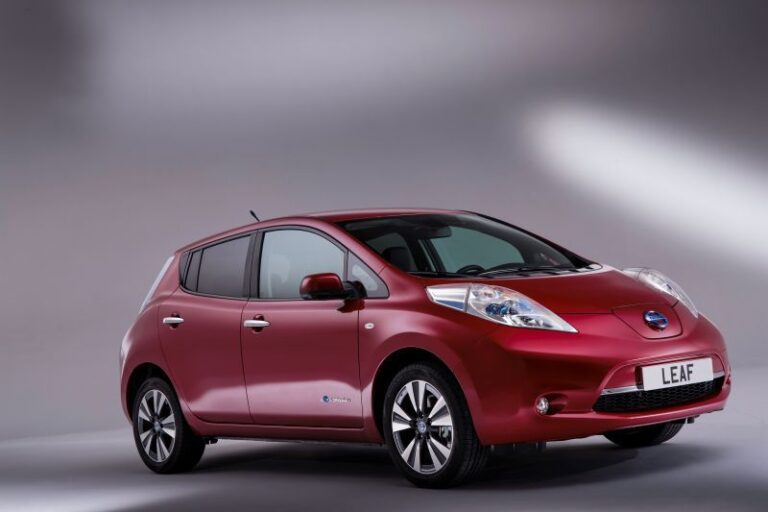Canada has been making efforts to reduce its greenhouse gas emissions and transition to a low-carbon economy. The federal government has set several targets for reducing emissions, including a zero-emissions target by 2050. In this essay, I will discuss Canada’s government’s zero-emissions targets, the current state of emissions in Canada, and the measures that need to be taken to achieve these targets.
Canada’s Government Zero-Emissions Targets: Canada’s government has set several targets to reduce greenhouse gas emissions, with a goal of achieving net-zero emissions by 2050. This target was announced in December 2020, and it aligns with the Paris Agreement’s objective to limit global warming to 1.5 degrees Celsius. The government also plans to reduce emissions by 40-45% below 2005 levels by 2030, and increase the use of electric vehicles and other clean technologies.
Current State of Emissions in Canada: Despite the government’s efforts, Canada’s greenhouse gas emissions have continued to rise in recent years. In 2019, Canada emitted 730 megatonnes of carbon dioxide equivalent (Mt CO2e), an increase of 21 Mt CO2e compared to 2018. The transportation sector is one of the largest contributors to greenhouse gas emissions in Canada, accounting for 25% of total emissions in 2019. While the use of electric vehicles has been increasing in Canada, they still only account for a small fraction of the total vehicles on the road.
Measures to Achieve Zero-Emissions Targets: To achieve Canada’s zero-emissions targets, several measures need to be taken. First, the government needs to continue to invest in clean technologies, such as electric vehicles, renewable energy, and carbon capture and storage. This will require significant investments in research and development and incentives to encourage the adoption of these technologies. Second, the government needs to set more aggressive targets for reducing emissions in key sectors, such as transportation, industry, and buildings. This will require stronger regulations and incentives to encourage companies to adopt more sustainable practices. Third, the government needs to work with provinces and territories to coordinate efforts and ensure that all regions of Canada are contributing to the transition to a low-carbon economy.
Challenges to Achieving Zero-Emissions Targets: There are several challenges that Canada faces in achieving its zero-emissions targets. One of the most significant challenges is the high cost of transitioning to a low-carbon economy. Investing in clean technologies and transitioning away from traditional fossil fuels will require significant financial resources. Additionally, the transition to a low-carbon economy will require significant changes to the way we live and work, which may be difficult for some individuals and companies to adjust to.
Conclusion:
In conclusion, Canada’s government has set ambitious zero-emissions targets, but significant work needs to be done to achieve them. While the government has taken steps to invest in clean technologies and reduce emissions, more needs to be done to accelerate the transition to a low-carbon economy. This will require significant investments in research and development, stronger regulations and incentives, and a coordinated effort across all regions of Canada. The challenges to achieving zero-emissions targets are significant, but the benefits of a low-carbon economy, such as cleaner air, improved public health, and a more sustainable future, make the transition worth pursuing.
To find out more visit the Net-Zero Emissions by 2050 page.


